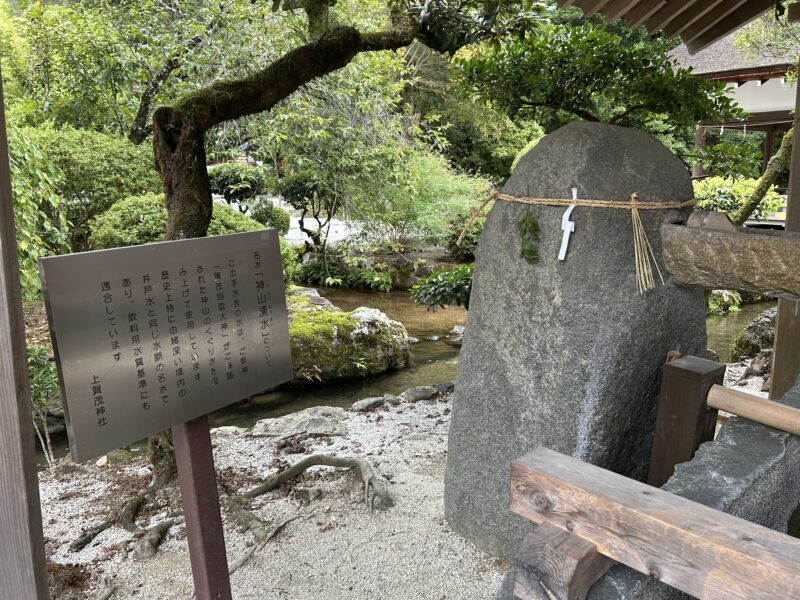
2025.10.02
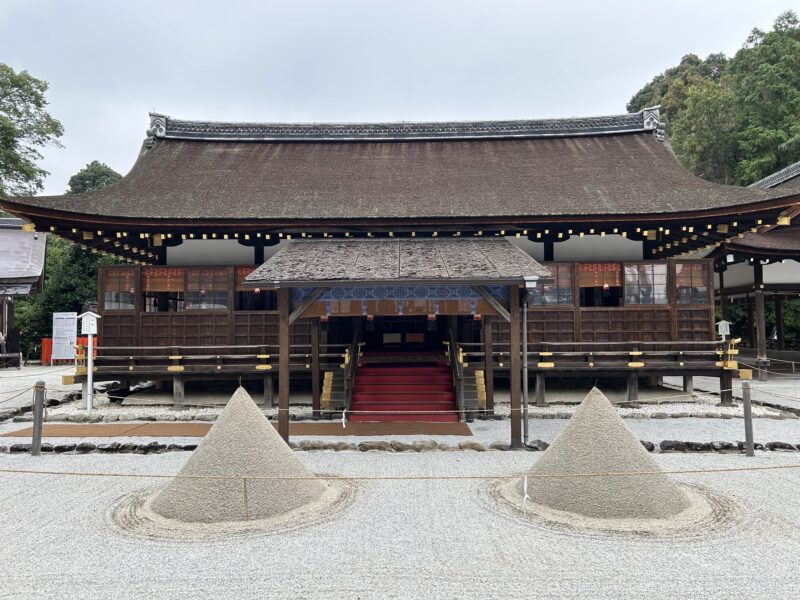
京都で最古の神社であり、ユネスコ世界文化遺産にも登録されている上賀茂神社。国宝の本殿と権殿があるご神域に入れる特別参拝に行ってみました。
上賀茂神社は京都市の北部で広大な敷地は自然がいっぱいで穏やかな雰囲気です。緑のにおいがして、まるで森林浴をしているような気分になります。一の鳥居をくぐると左右には芝生が広がり訪れた九月下旬は虫の声がずっと聞こえていて、秋の気配を感じました。行った日は神馬(しんめ)の神山号(こうやまごう)が出社していなくてお目にかかれず残念でした。
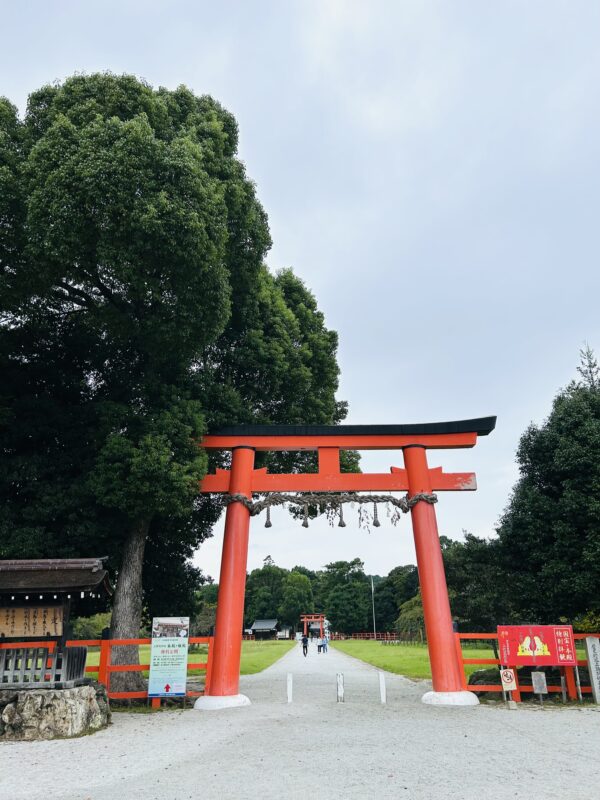
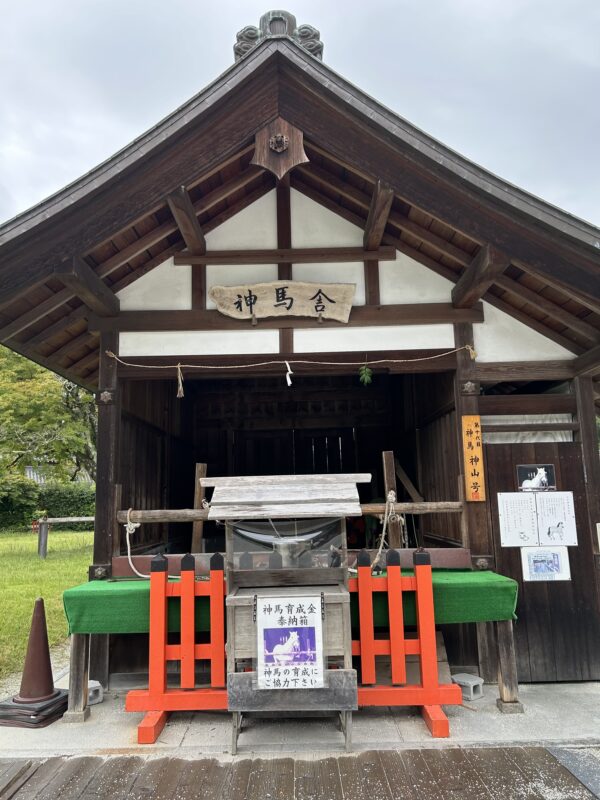
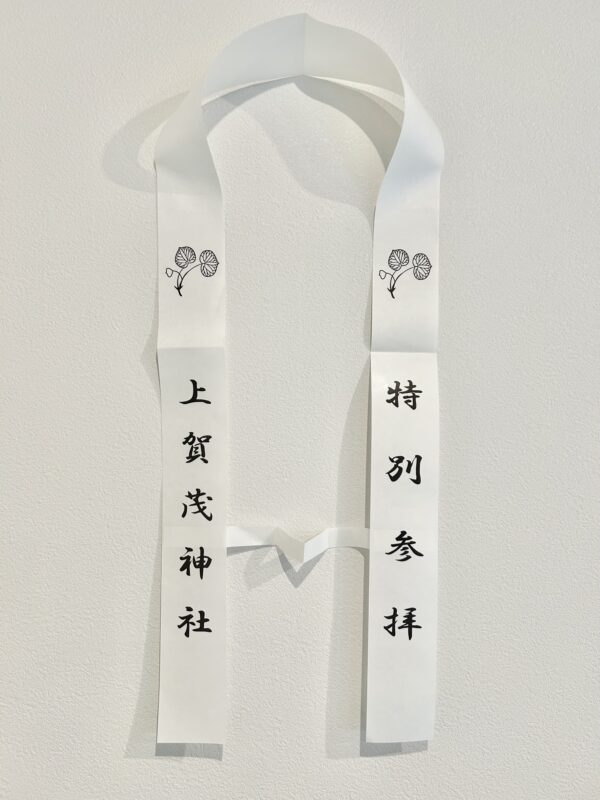
特別参拝の受付では、神聖な場所に入る為に首から掛ける「浄掛」をいただきました。首から掛けると気持ちが引き締まりました。烏帽子と綺麗な薄紫とエメラルドグリーンの装束を身に付けた若い神職の方から御神祭にまつわる神話と上賀茂神社の由来の説明を聞きました。そして、神域に入るということでお祓いを受けます。祝詞を唱えて参拝者全員に大麻(おおぬさ)を振って祓ってくださいます。
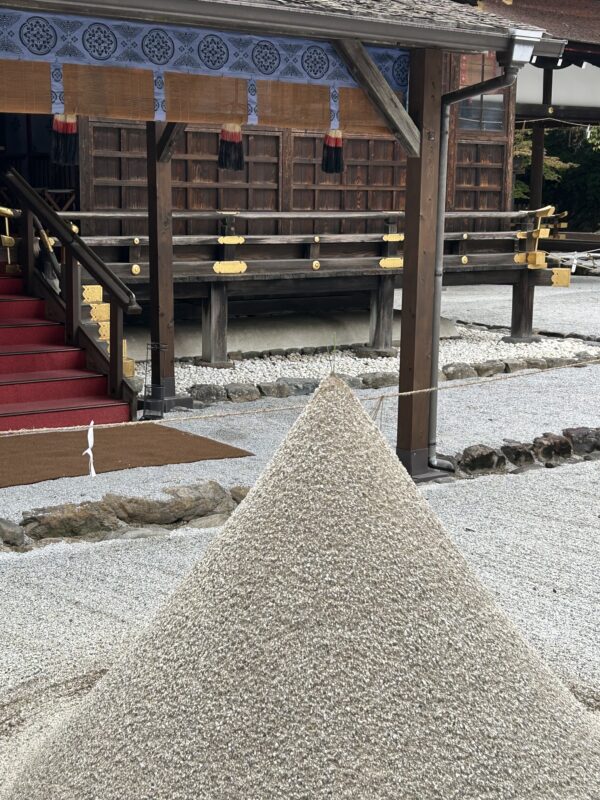
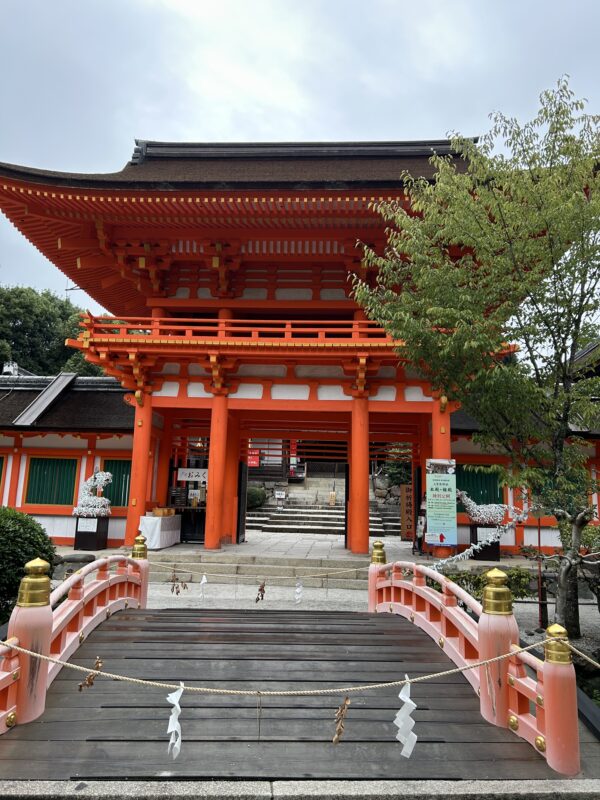
そしていよいよ神域へと移動します。中庭(ないてい)に立ち、目の前の権殿とその右横の本殿を斜めの方向から眺めながら説明を聞きました。本殿はいつも神様がいらっしゃる場所ですが、権殿は仮のお社ということで、例えば台風で本殿に被害があった時、神様に権殿に移ってもらって、本殿を修理するとのこと。なるほど!と初めてその存在と役割を知りました。江戸時代に建てられたものではありますが、平安時代からかわらない姿とのこと。
またそれぞれの建物の正面には左側には銀の狛犬、右側には金の獅子が描かれています。
2匹の狛犬と獅子は、街に行って悪さをするので、本殿の前に連れてきて、その影を写す描き方で封じ込めたのだとか。説明を聞いた後は、高倉殿という重要文化財建造物内に移動し、孝明天皇行幸絵馬や戦時中の兵士からの手紙など貴重な資料を見る事ができ、日本における神社の役割の大きさを垣間見ました。
普通に神社参拝しているだけでは決して入ることができない神域に入って、神職の方の説明を受けとても貴重な体験でした。あちこち神社参拝していますが、こういった特別参拝は初めてでしたので、とても良い機会でした。
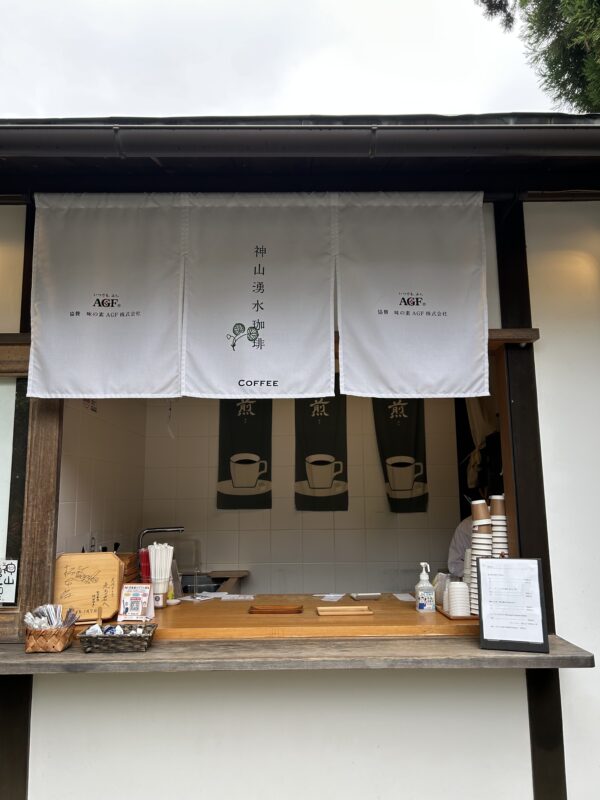
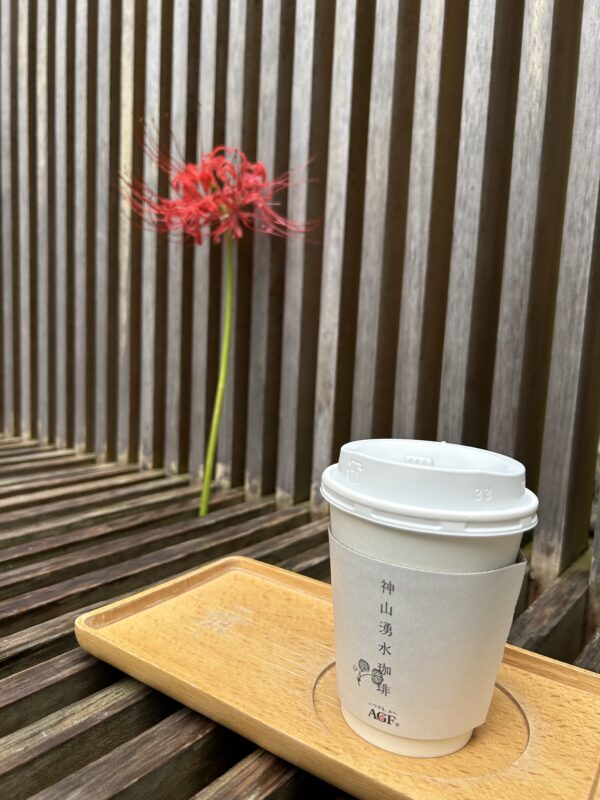
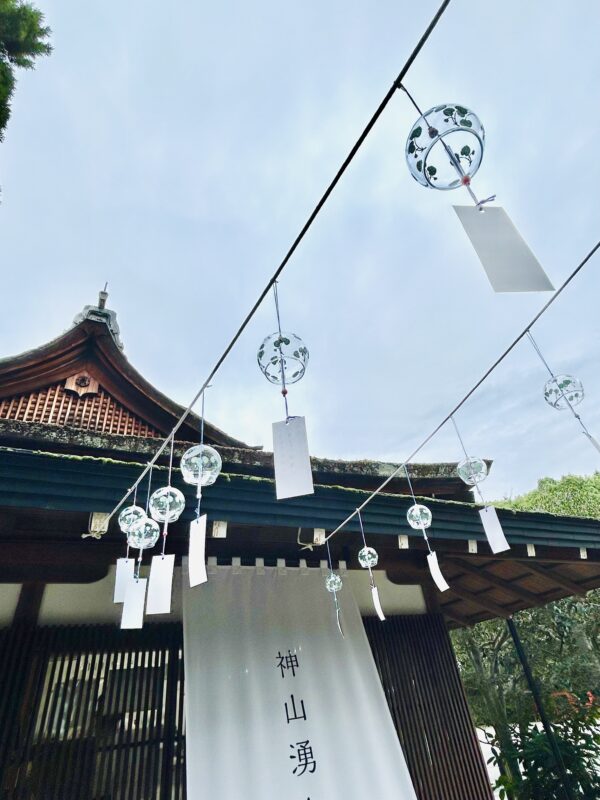
その後、境内内のコーヒーショップに立ち寄り神山湧水(こうやまゆうすい)コーヒーを飲みました。手水舎で手を清めた時に、柔らかい水の感触がありましたが、実際にコーヒーで飲んでみるととてもまろやかで手で感じた感触と同じように口でも柔らかさを感じて嬉しい気分になりました。
そして神社参拝の後の楽しみは、和菓子です。神社の目の前にある葵家やきもち総本舗は参拝後のお客さんで賑わっていました。やきもちとみたらし団子をお土産に買ってみました。
素朴で美味しいやきもち。そしてやわらかくて優しいお味のみたらし団子はとても美味しくて、次回も必ず買おうと思う美味しさでした。その他、アイス最中やサツマイモのおはぎ等もとても美味しそうでしたよ!参拝後には是非立ち寄っていただきたいです。
帰り道、鴨川沿いを散歩してみました。ほとり近くではまだあまり秋を感じる事が無かったのですが、黄色や茶色の落ち葉を見て京都市の北の少し早い秋の到来を感じました。
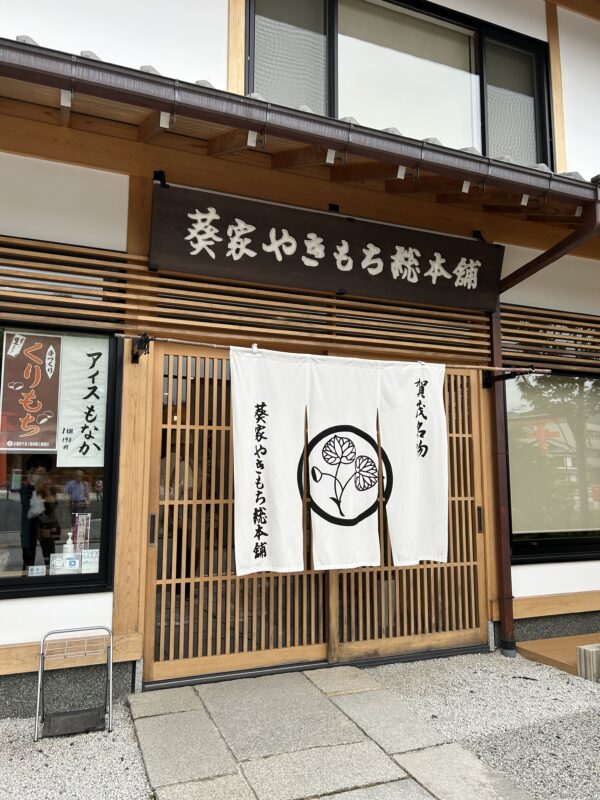
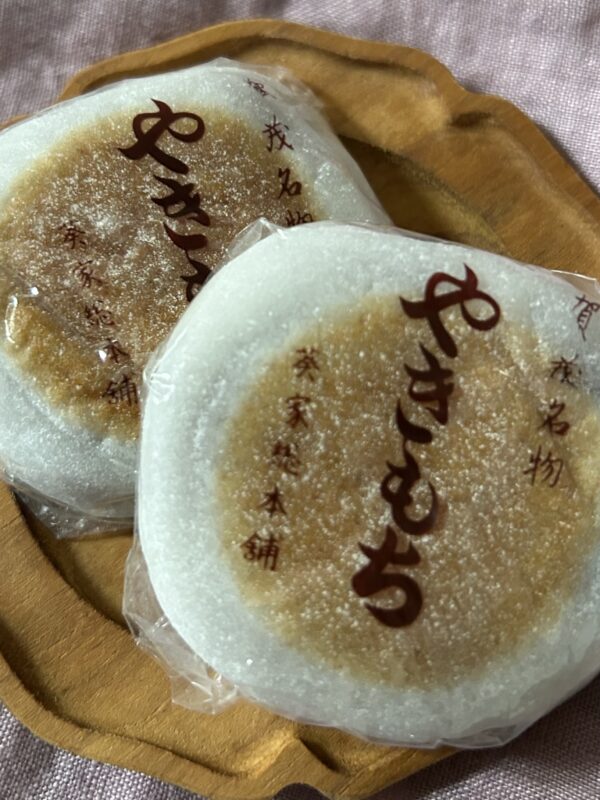
Kamigamo Shrine is Kyoto’s oldest shrine and a UNESCO World Cultural Heritage Site. During my visit, I was able to enter the divine area with Honden, the main hall and Gonden, auxiliary hall of the National Treasure.
Located in northern Kyoto City, the shrine’s vast grounds are filled with nature and exude a serene atmosphere. The scent of greenery fills the air, creating a feeling akin to forest bathing. After passing through the first torii gate, expansive lawns stretch out on both sides. When I visited in late September, the constant chirping of insects made the autumn atmosphere palpable. Unfortunately, the divine horse, the Koyama-go, was not at work on the day I visited, so I was unable to see it.
During the special worship reception, I was given a paper ‘Jokake’ to wear around my neck to gain entry to the sacred area. Wearing it made me feel more solemn.
A young priest wearing an eboshi hat and beautiful light purple robe and emerald green traditional pants explained the myths surrounding the shrine and the origins of Kamigamo Shrine. Then, just before we entered the sacred precincts, we took part in a purification ritual. The priest chanted a prayer and purified all the visitors by waving a sacred white paper stick called an o-nusa.
And now, at last, we move into the sacred precincts. Standing in the inner courtyard, I listened to the explanation while viewing the auxiliary shrine directly ahead of me and the main shrine to its right at a diagonal angle. The deity always resides in the main shrine, but the auxiliary shrine serves as a temporary one. If the main shrine were to be damaged by a typhoon, for example, the deity would be moved there while repairs were carried out. I see!
This was the first time I had learned of its existence and purpose. Although it was built during the Edo period, its appearance has remained unchanged since the Heian period.
Furthermore, a silver komainu (guardian dog) is depicted on the left side of each building, and a golden lion on the right.
It is said that these komainu and the lion were placed at the entrance to the main shrine to stop them going into town and causing mischief. Their shadows were painted onto the walls to seal them in place.
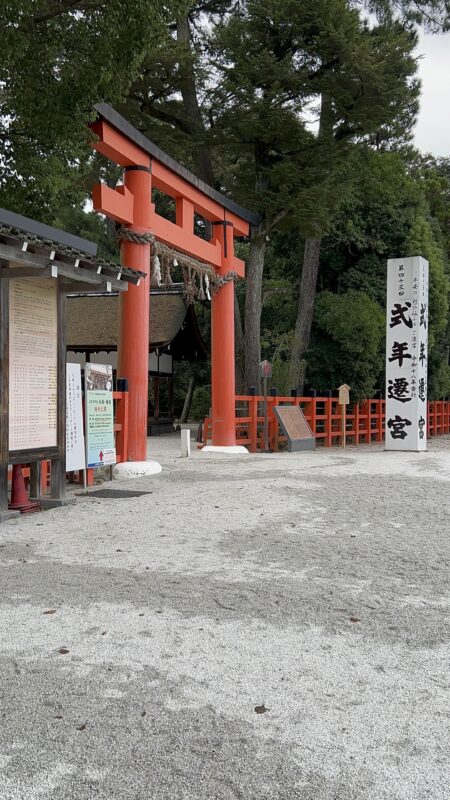
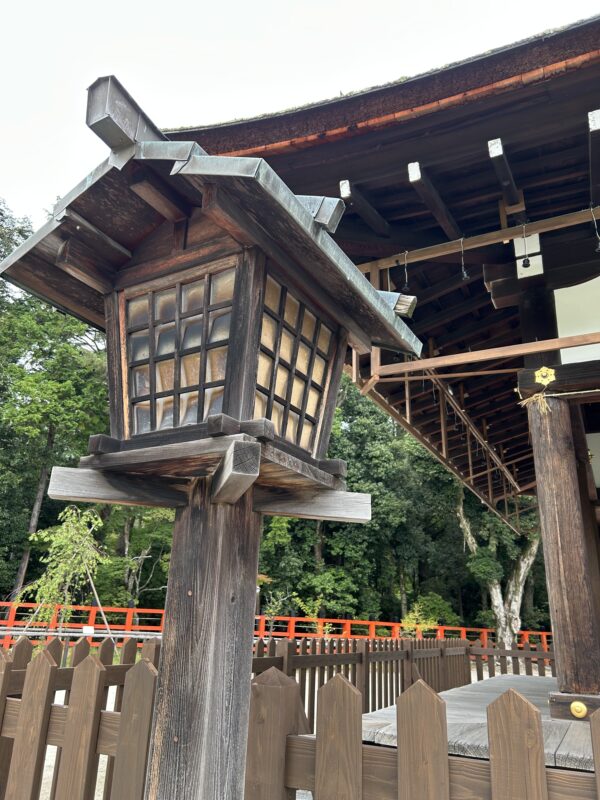
Entering the sacred precincts, which are normally off-limits to ordinary visitors, and receiving explanations from the shrine priest was an incredibly valuable experience. Although I have visited many shrines before, this was my first time taking part in such a special worship session, which made it a truly wonderful opportunity.
Afterwards, I stopped by the coffee shop on the shrine grounds to drink a cup of Ko-yama Yusui coffee. When I purified my hands at the chozu-ya(hand wash bathing area), I could feel how soft the water was. Drinking it as coffee, I found it incredibly mellow. Just as I had felt the soft texture of the water with my hands, I could feel that softness in my mouth too, which made me happy.
After visiting the shrine, why not enjoy some Japanese sweets? Aoiya Yakimochi So-honpo, located right in front of the shrine, was bustling with visitors who had just finished praying. I bought some yakimochi and mitarashi dango to take home with me.
The yakimochi was simple yet delicious. The mitarashi dango, with its soft texture and subtle flavour, was so tasty that I will definitely buy it again next time. The ice cream monaka and sweet potato ohagi also looked incredibly tempting! I highly recommend stopping by after your visit.
On the way back, I took a stroll along the Kamogawa River. Near hotori, autumn hadn’t quite arrived yet, but the yellow and brown fallen leaves made me feel its slightly early arrival in northern Kyoto City.
Mikko
